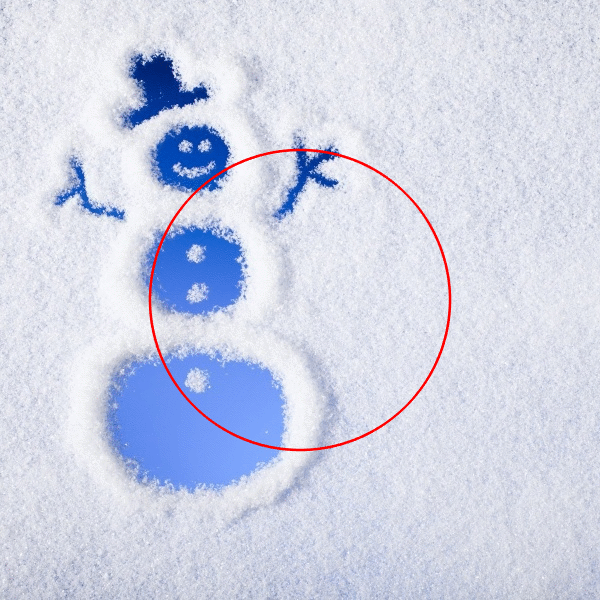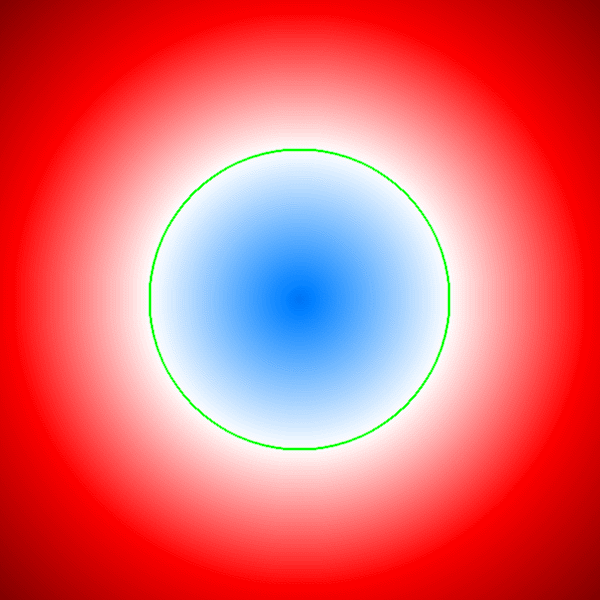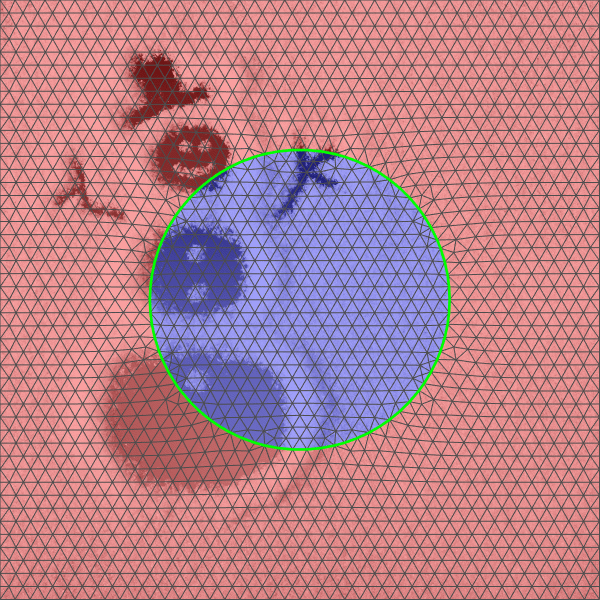Deformable curves for image segmentation
Curve representation

Parametric discrete curve
A (single closed) curve is represented as a sequence of points connected by the line segments. Here we use 400 points.
Pros: curve deforms straightforwardly by displacing curve points. Cons: prone to self-intersections, no support for topology changes, no multi-phase support.

Implicit discrete curve
A curve is represented as a zero level-set of an auxiliary function. Here we use an image containing 600-by-600 pixels.
Pros: supports topology changes. Cons: curve deforms by less-straightforward update of the auxiliary function, resolution given by the image grid, no multi-phase support.

DSC curve
A curve is represented as a subset of mesh edges that separate triangles marked with different labels. Here we use content-adaptive resolution.
Pros: curve deforms straightforwardly by displacing curve points, supports topology changes (and topology control), supports multi-phase. Cons: requires DSC framework, computationally demanding.